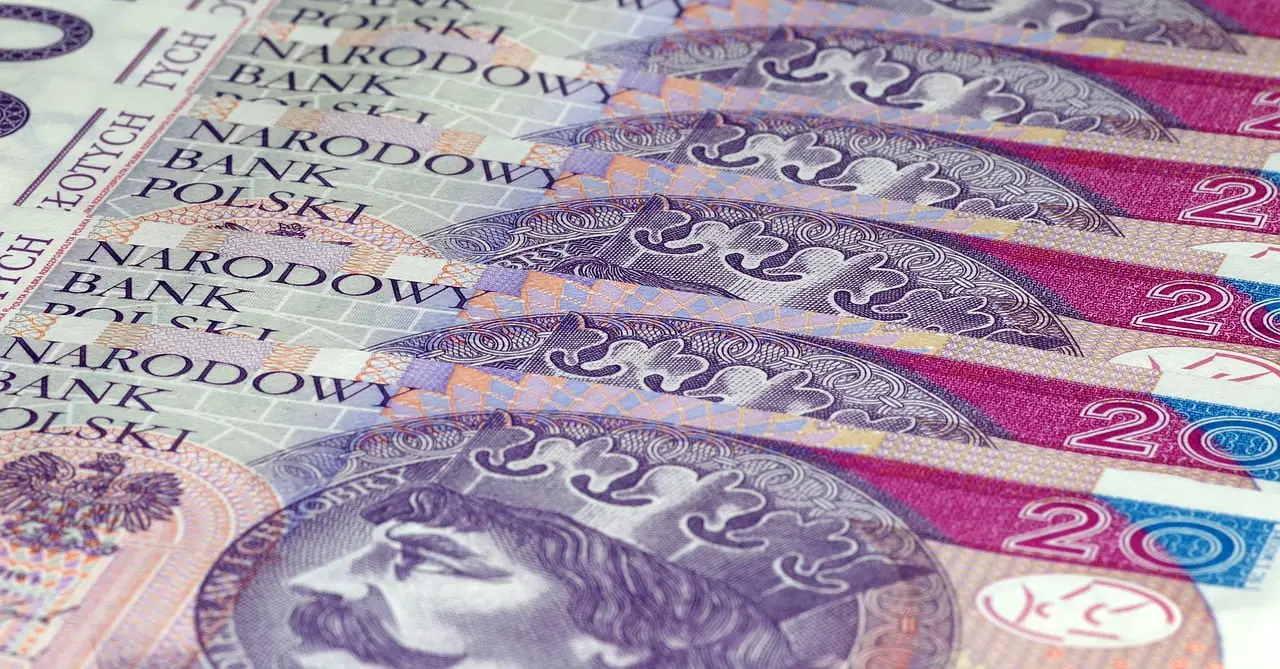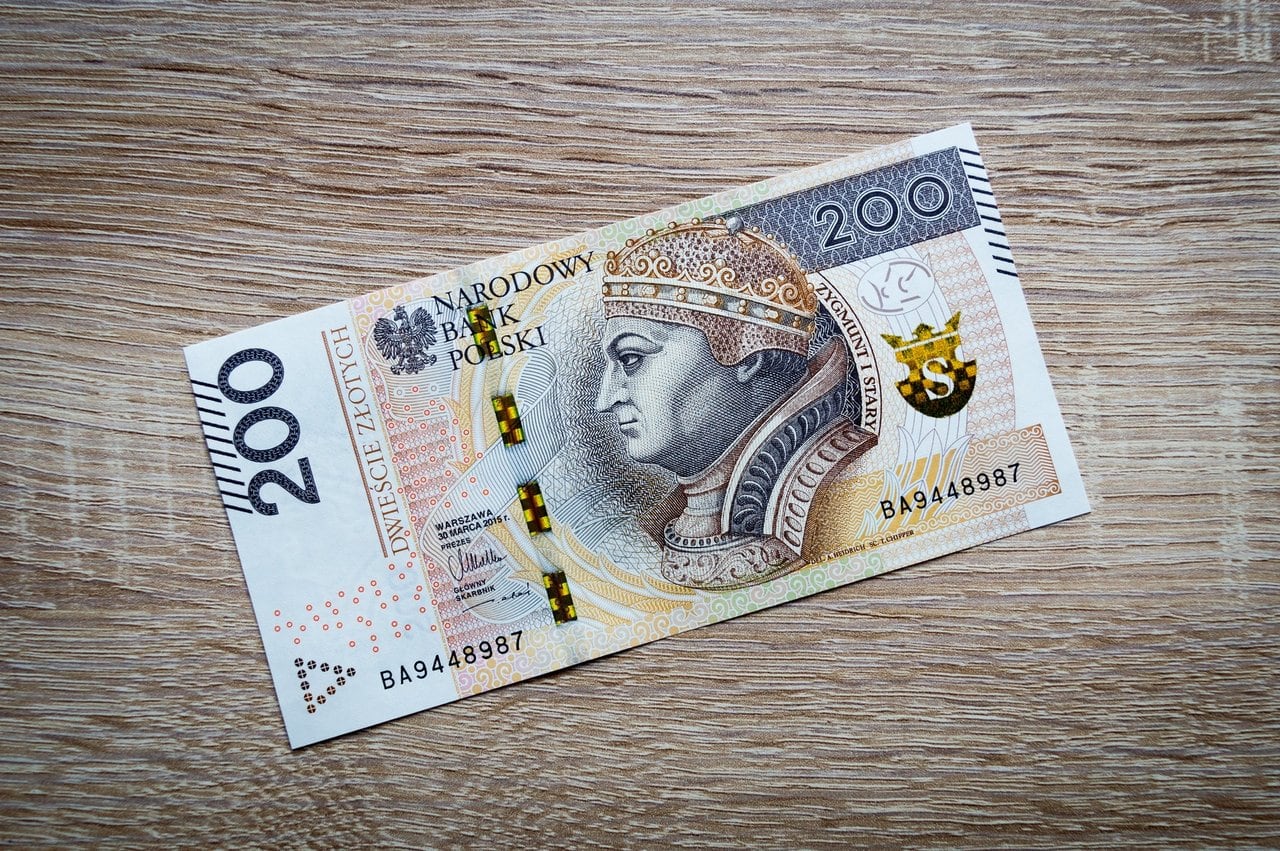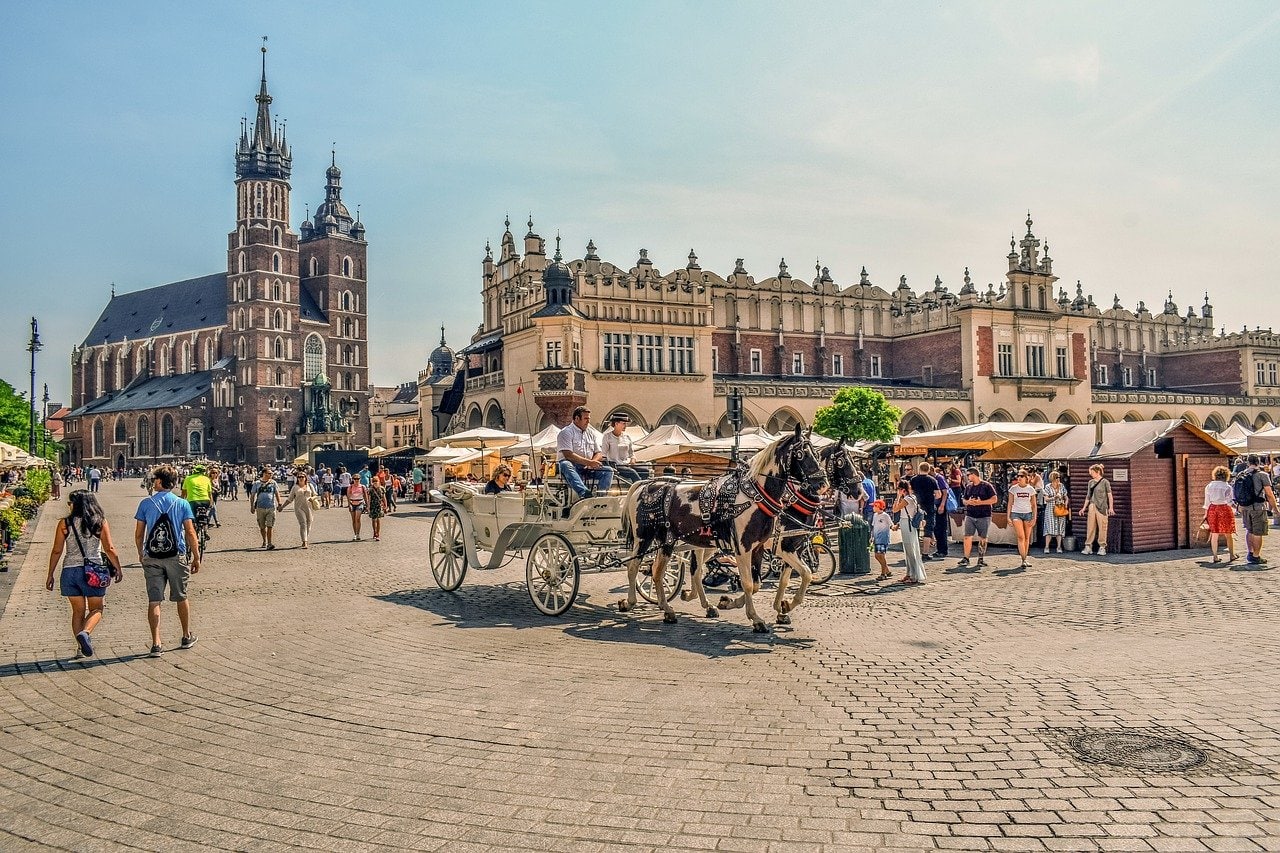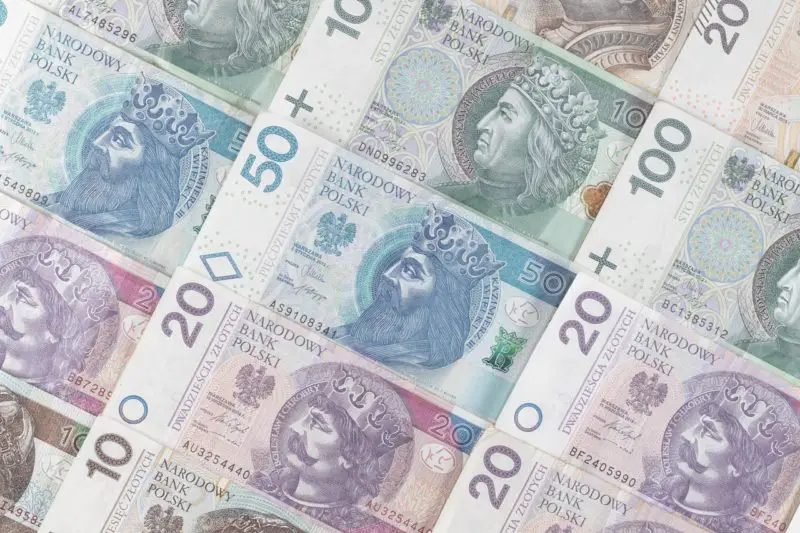There is a good chance that this post contains affiliate links. If you make a purchase through them, I may receive a small commission at no extra cost to you! As an Amazon Associate, I earn from qualifying purchases. As ever, all opinions are my own.
So, you’ve booked your flights, excitedly read through all of the Poland posts on this site, and you’re now counting down the days until your trip to Poland. But wait! What is the currency in Poland?
In fact, can you use Euros in Poland?
Luckily, Poland currency is straightforward and easy to understand. I’ve been to Poland multiple times now, and using the currency there gets easier and easier each time.
Unlike most of Europe, Poland does not use the Euro. However, it’s pretty fun to use a currency totally unique to one country, and in this post you’ll learn everything you need to know about Polish currency.
You’ll also learn why Poland having its own currency is a great thing for travellers.
Let’s go!
Table of Contents
What Currency Does Poland Use?
The local currency of Poland is the Polish Zloty (PLN). This can come as a surprise to unprepared travellers who, logically, think that since Poland is in the EU they use the Euro.
Worry not, though. You’ll soon learn to love the Polish Zloty because it offers great value to tourists! Compared to prices in the UK, US and Western Europe, Poland is incredibly cheap to travel to.
The sign for Polish zloty is zł, so all over Poland you’ll see the prices listed as, for example, 12 zł, which means 12 zloty.
A single zloty isn’t the smallest denomination of currency in Poland, though. 1 zł is divided up into 100 groszy, just like there are 100 cents in 1 euro.

Can You Use Euros in Poland?
You can’t use the Euro in Poland. In the main tourist areas in Krakow and Warsaw you’ll probably come across a couple of restaurants which accept Euros, but that’s pretty much it!
So, what is the best currency to use in Poland? Most places in Poland do not accept Euros, and you’ll definitely struggle if you don’t have any Polish zloty to pay with.
Even if you do visit a place that has prices in Euros, it is almost always better to pay in zloty as you’ll usually get a slightly better deal.
Can I Get Polish Money in the US/UK/Etc?
Polish currency is really easy to get in the UK and other countries in Europe. You’ll find it at almost every currency exchange counter.
Further afield, like in the US or Australia, it’s less common to see the zloty at the currency exchange counter, but you can easily order Polish zloty online.
My favourite method for getting a local currency is to use a travel credit or debit card (I use a debit card with Starling Bank) to withdraw the local currency on arrival at an ATM at the airport.
That way, I always get a good conversion rate, and with a travel card you won’t get charged any conversion fees.
Generally, it is better to buy your zloty in Poland rather than abroad, as it’s slightly cheaper to exchange your money once you’re in Poland.
That said, it’s always a good idea to have a small amount of local cash (usually the local equivalent of €20) before you arrive just in case you struggle to find an ATM immediately.

What Is the Poland Exchange Rate for Euros/US Dollars?
At the time of writing, one zloty is approximately €0.23 or $0.25, so it’s pretty simple to work out how much things cost.
If you’re thinking in Euros or dollars you can simply divide the price of something in zloty by 4.
I always download the XE Currency app, and it’s invaluable when travelling to Poland! You can download the Polish currency calculator, and then you can simply enter the amount of zloty or your own currency and it will convert the amount automatically.
Money in Poland
When it comes to cash in Poland you’ll use both notes and coins. Notes come in denominations of 10, 20, 50, 100 and 200 zł, and coins come in denominations of 1,2,5,10,20 and 50 groszy, and 1, 2 and 5 zł.
It’s a good idea to break into your larger cash notes as soon as possible, as they’re a bit of an inconvenience if you just want to pay for something small in cash, for example at the market.
It’s also important to keep an eye on your coins and try to pay with them as often as possible, since it’s harder to convert them back to your own currency at the end of your trip!
On my first trip to Poland, it was so much easier to pay with notes, which meant that I didn’t keep track of how many coins I had left and ended up bringing a bunch home. When you can, use your coins to pay so that you don’t end up forgetting about them.

Do I Need Cash in Poland?
When I first visited Poland I brought plenty of cash with me, as I expected that many places would be cash only. To my surprise, the majority of places in Poland will let you pay by card, so you do not need to carry much cash in Poland at all!
For example, most shops, restaurants, hotels and tourist attractions accept cards. In fact, the only places you might need cash will be small market stalls/Christmas Markets, local taxis, or extremely old-fashioned/hole-in-the-wall bars and restaurants.
If you’re getting out into rural Poland, you’ll obviously find fewer places accepting card payments, so it’s a good idea to bring cash just in case.
That said, almost everywhere tourists go in Poland accept payment by card.
How Much Money Will I Need to Budget for Poland?

How much money you will need to budget for a trip to Poland totally depends on how long you’re visiting for, and what your travel style is.
However, if you’re travelling from Western Europe, the US or Australia, you’ll be surprised by how little you need to spend in Poland!
Warsaw is the capital city of Poland, so for this reason travelling here is *slightly* more expensive. But only slightly. Krakow is the most popular city for tourists in Poland, so the same applies here.
In most places in Poland, you’ll be able to get a large beer at a bar for around 10 zł (€2.30/$2.50) or a plate of pierogi (Polish dumplings) for 25 zł (€5.80/$6.30).
You can travel in Poland on a mid-range budget for €50/$55 per day – and maybe even cheaper in winter, when accommodation prices drop!
To get a better idea of how much money to take to Poland, check out my dedicated post about the cost of travelling in Poland. It shows how much money you’ll need to budget for things like meals out, activities, transportation and accommodation.
Prices in Poland are generally far lower than countries like the U.K., and US, but if you’re on a super tight budget, you can always find plenty of free things to do.
FAQs About Currency in Poland
Is Euro accepted in Poland?
Poland does not use the Euro as its official currency, and therefore the Euro is not generally accepted in Poland. The national currency of Poland is the Polish złoty (PLN). However, some larger tourist areas and businesses may accept Euro, but you’ll almost always get a better rate paying in the local currency.
What currency should I take to Poland?
When traveling to Poland, it’s best to take the local currency, Polish złoty (PLN), for your transactions. While some larger tourist areas and businesses may accept Euro, it’s recommended to have złoty for a smoother experience. Make sure to exchange your currency at authorized exchange offices or withdraw złoty from ATMs on arrival.
Can you use pounds in Poland?
British Pounds are generally not accepted in Poland. The currency of Poland is the Polish złoty, although you may be able to find some tourist businesses which accept payment in Euros. It is very rare to find any businesses in Poland that accept pounds.
I hope this post helped you feel more confident about what the currency used in Poland is! In summary – Polish zloty is the currency to use in Poland, and you can’t use Euros.








